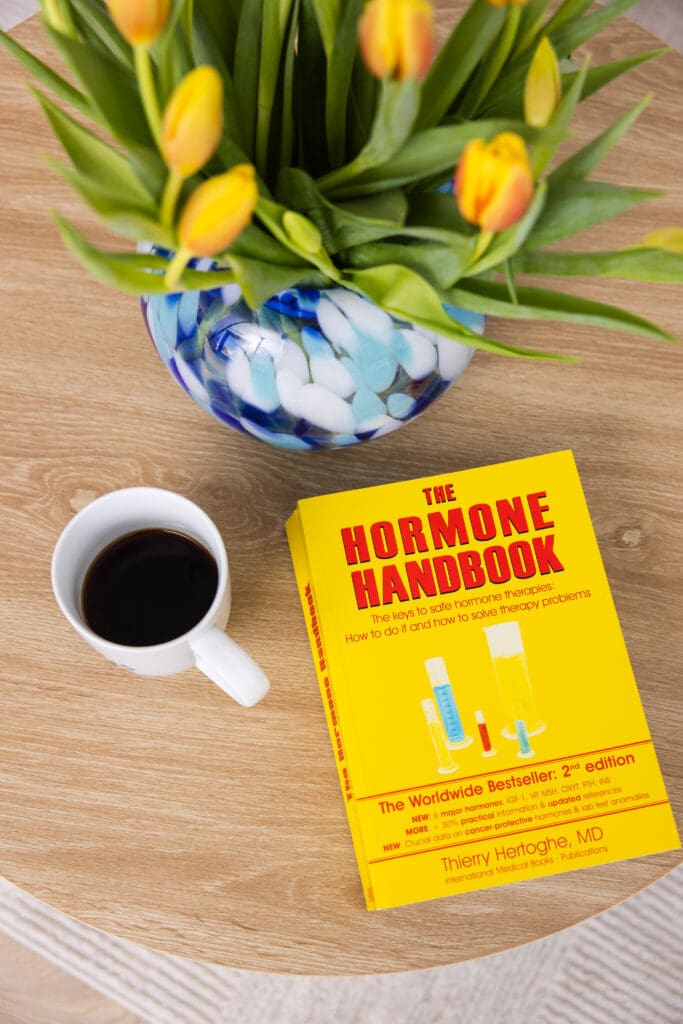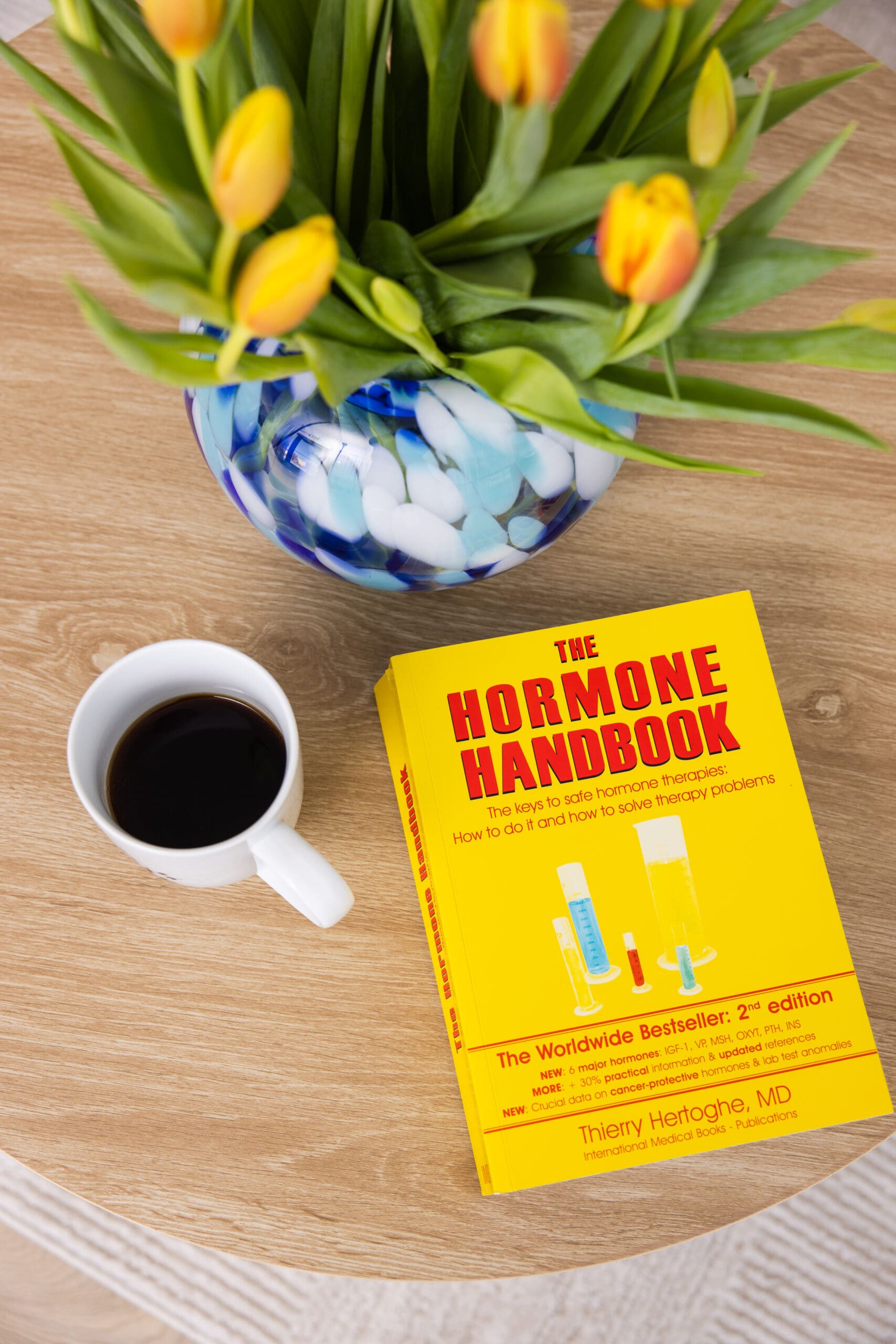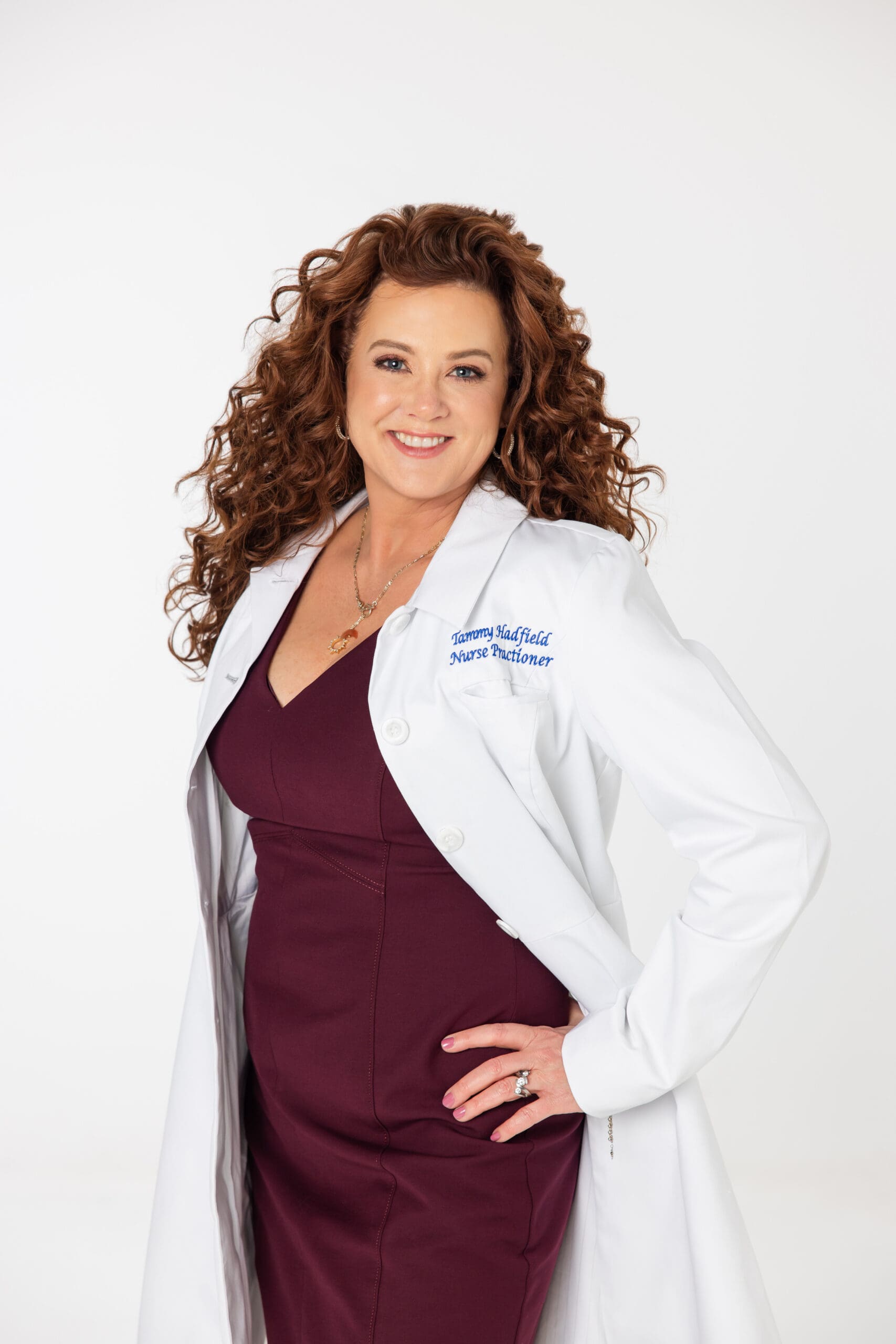Hormone replacement therapy (HRT) is a common treatment for relieving symptoms of menopause, perimenopause, and hormone imbalances. As you explore your options, understanding the difference between bioidentical and synthetic hormone replacement therapy is essential for making informed decisions about your health. Here’s what you need to know.

What Is Bioidentical Hormone Replacement Therapy?
Bioidentical hormone replacement therapy (BHRT) uses hormones that are chemically identical to those your body naturally produces. Common bioidentical hormones include estradiol, progesterone, DHEA and testosterone. These hormones are typically derived from plant sources such as soy or yams, then processed to be molecularly identical to human hormones.
Bioidentical hormones can be found in both pharmaceutical-grade preparations and custom-compounded formulas. FDA-approved bioidentical hormone replacement products include pills, patches, creams, and gels. These are manufactured by pharmaceutical companies and undergo rigorous testing for safety, potency, and consistency.
What Is Synthetic Hormone Replacement Therapy?
Synthetic hormone replacement therapy (synthetic HRT) uses hormones that are not identical to those naturally produced by the human body. These hormones are often derived from animal sources or chemically modified. For example, conjugated equine estrogens—found in drugs like Premarin—are derived from the urine of pregnant mares and differ structurally from human estrogen.
Synthetic hormones may still be effective in alleviating symptoms such as hot flashes, night sweats, mood swings, and vaginal dryness, but their non-identical structure can result in different biological effects and potentially different risks.
Pharmaceutical vs. Compounded HRT: What’s the Difference?
Pharmaceutical hormone replacement therapy—whether bioidentical or synthetic—refers to standardized medications approved by the FDA. These products are manufactured in controlled environments and tested for safety, purity, and dose consistency. Examples include Estrace (bioidentical estradiol), Climara (estradiol patch), and Prometrium (bioidentical progesterone).
Compounded hormone replacement therapy, on the other hand, involves a customized blend of hormones prepared by a compounding pharmacy. These formulas can be tailored to a patient’s specific hormonal needs, often based on saliva or blood testing. Compounded hormones can also offer allergen free alternatives to pharmaceutical products. For example, pharmaceutical progesterone comes in a caplet with peanut oil and soy oil, while the compounded form does not. While compounding offers flexibility, compounded BHRT is not FDA-approved, and quality may vary depending on the pharmacy.
Which Is Right for You?
Choosing between bioidentical and synthetic HRT depends on your individual health profile, symptoms, and preferences. Many women seek bioidentical hormones for their natural composition and potential for fewer side effects. However, synthetic hormones remain widely used and have decades of research supporting their effectiveness.
When considering compounded HRT, it’s essential to work with a qualified healthcare provider and use a reputable compounding pharmacy. If you prefer standardized, tested medications, FDA-approved bioidentical products may be your choice.
Final Thoughts
When it comes to hormone therapy, one size does not fit all. Whether you’re considering bioidentical hormone replacement therapy, synthetic HRT, or compounded formulas, speak with your healthcare provider about the risks, benefits, and best treatment plan for your needs. Stay informed, ask questions, and choose the path that aligns with your health goals and lifestyle. If you want to know what form of BHRT I am using, just ask. I am happy to give you my thoughts.
Wishing You Health & Happiness, Tammy







